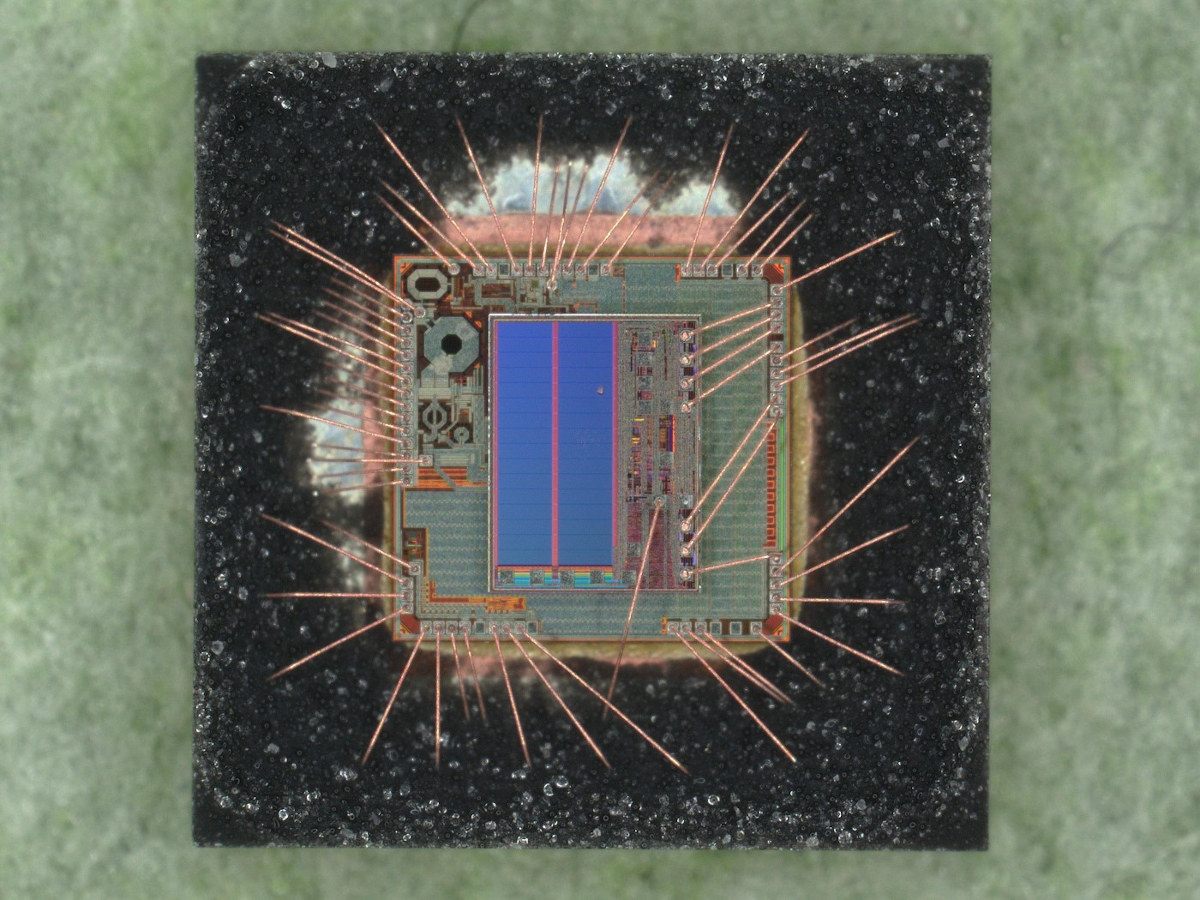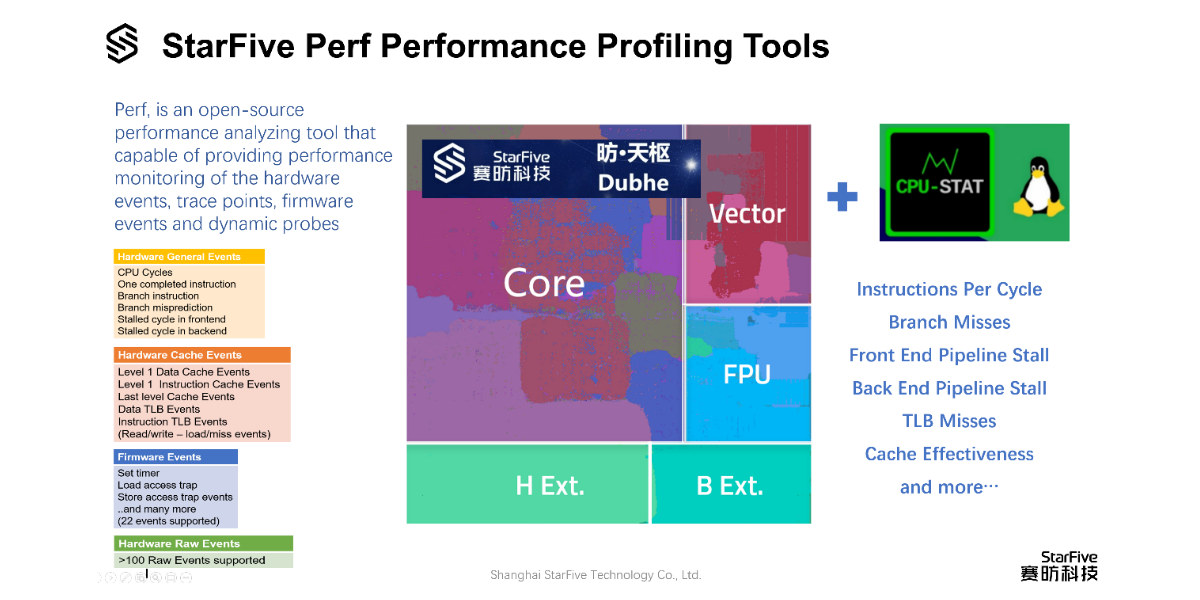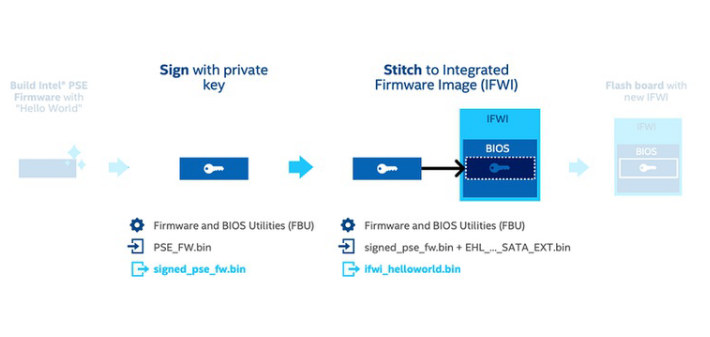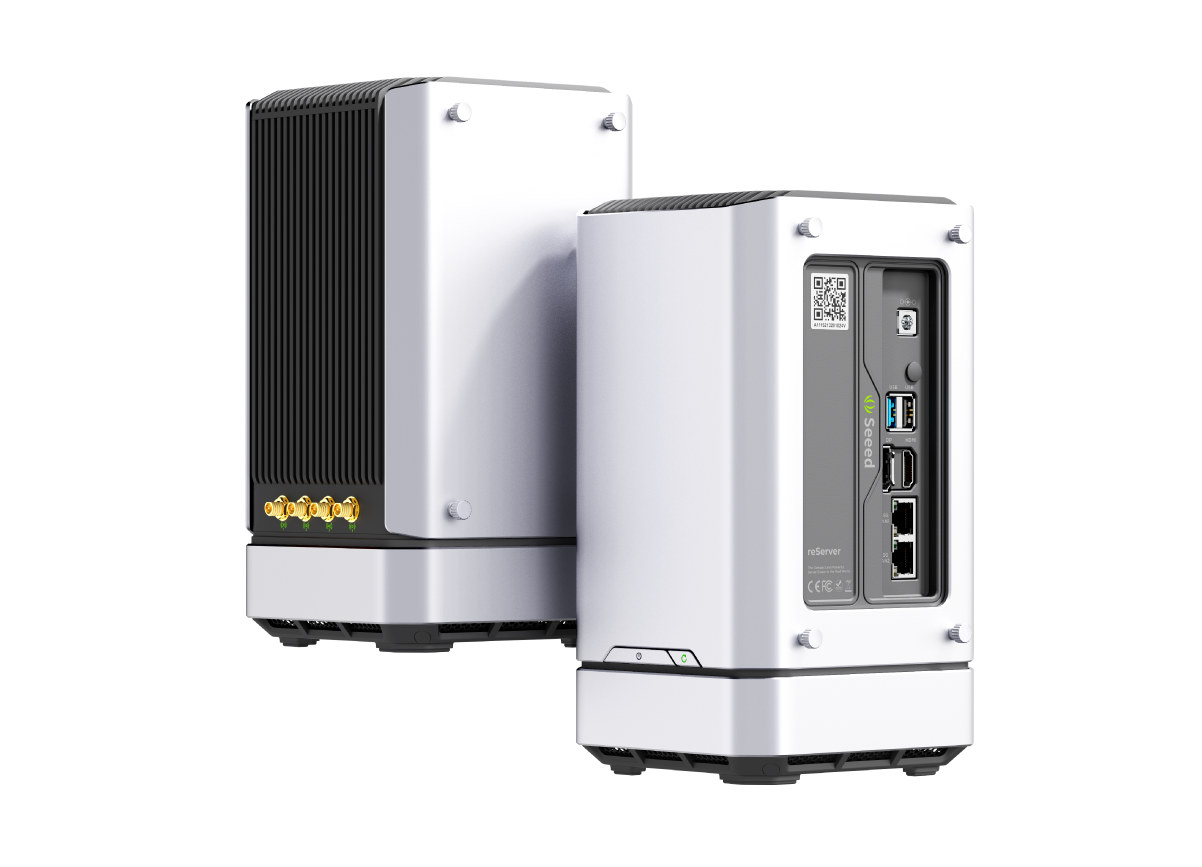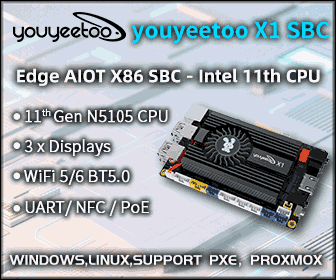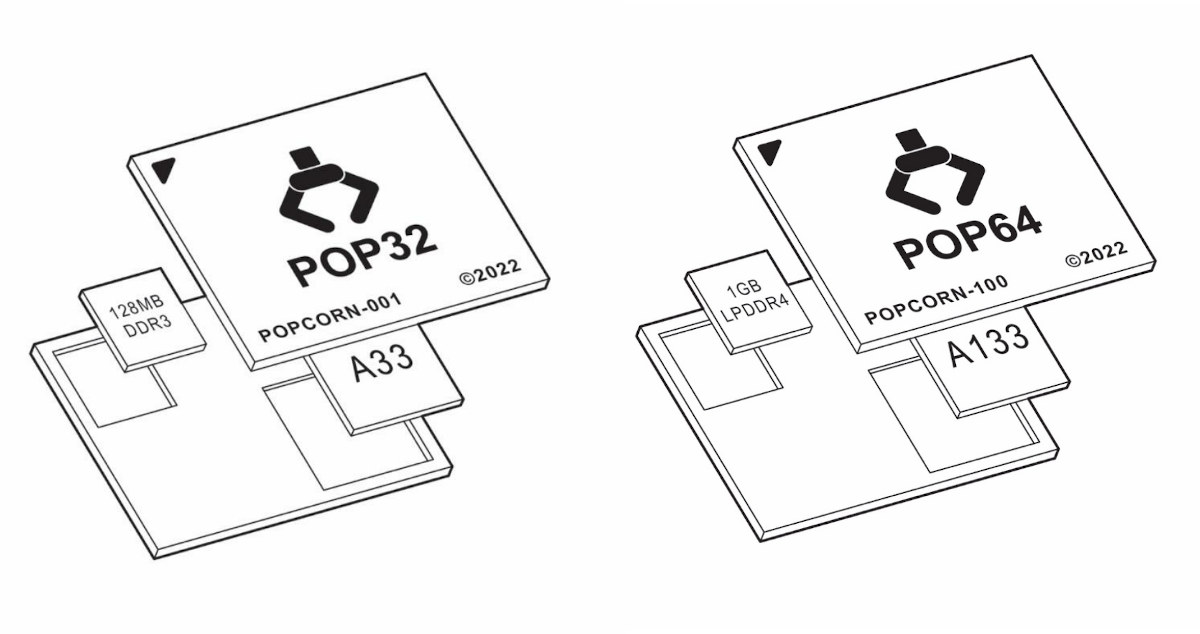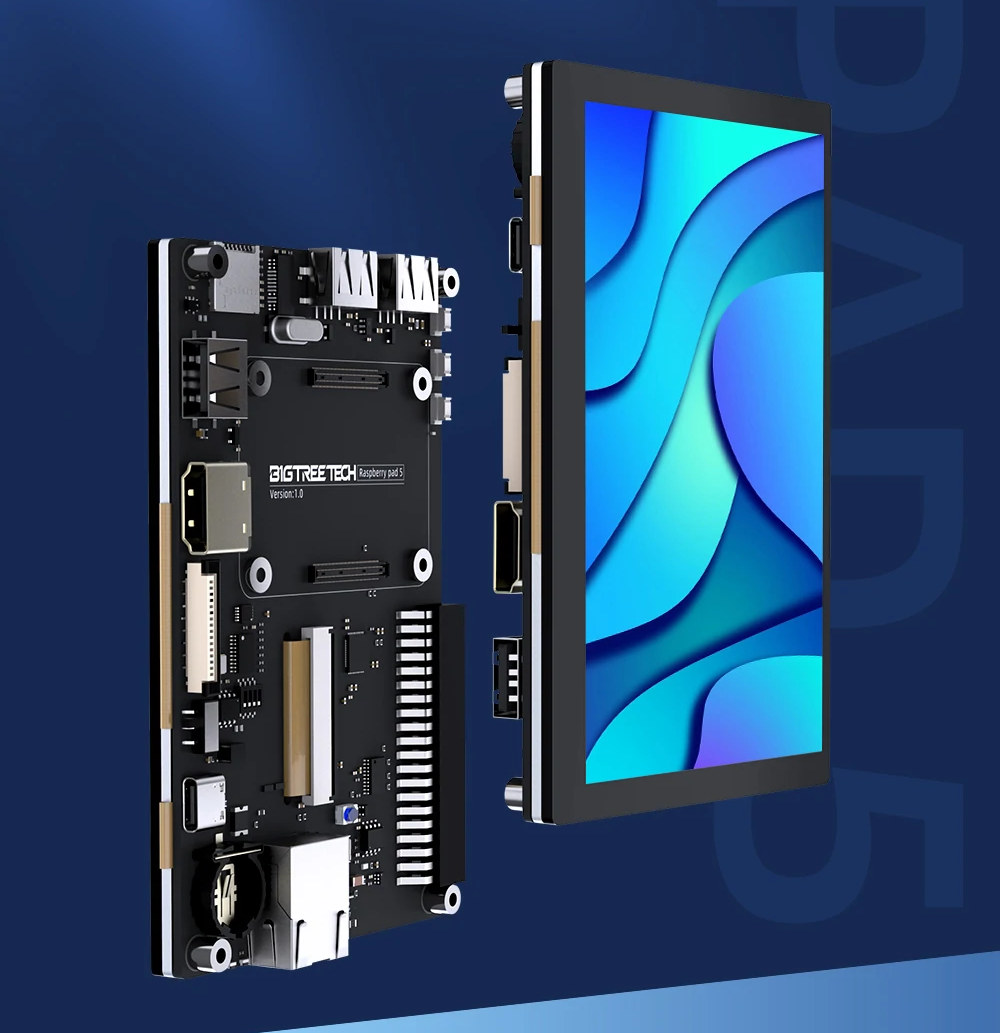Espressif ESP32-C2 is a new WiFi 4 and Bluetooth LE 5.0 chip the Shanghai-headquartered company has been working on since last year. The company claims it has better RF performance due to a smaller package reducing stray parasitics, and it will support the Matter protocol whose first version should become ratified later this year. The first ESP32-C2 product wafers have been received by the Shanghai team in spite of the current lockdown and quarantine in Shanghai due to the COVID-19, and teams in other parts of Asia, Europe, and Singapore are working without interruption on software integration into ESP-IDF and ESP-RainMaker. ESP32-C2 preliminary specifications: RISC-V core 272KB of memory Connectivity WiFi 4 + BLE 5.0 Tx power 20 dBm (FCC limit) 18 dBm for 802.11N MC7 packets (72.2 Mbps) Receiver sensitivity – -97 to -100 dBm for 1 Mbps 802.11B packets. Receive current – 58 mA Package – 4 x […]
StarFive releases Perf tool for highest performance RISC-V IP Dubhe (Sponsored)
As a StarFive Technology in-house developed RISC-V 64-bit ultra-high-performance core, Dubhe showcases the best performance RISC-V CPU core IP yet. It utilizes the latest RISC-V instruction set which includes RV64GC, bit operation extension (B), vector extension (V) V1.0, and hypervisor extension H (Hypervisor), making it ideal for high-performance computing. To pair with the Dubhe performance core, StarFive is now releasing “StarFive Perf Performance Profiling Tool”. StarFive has made Perf compatible with the hardware performance monitor (HPM) and micro-architecture events at the hardware level. Perf provides a reliable performance verification platform that not only facilitates customers to further discuss the Dubhe technical specifications but also accelerates the implementation of high-performance applications with RISC-V processors. Perf is an open-source and Linux-based performance analyzing tool capable of providing performance monitoring of the hardware events, tracepoints, firmware events, and dynamic probes. With the Perf profiling tool, we can monitor the performance of the predefined […]
Intel releases SDK for Cortex-M7 PSE found in Elkhart Lake processors
Elkhart Lake processors integrate the Intel Programmable Services Engine (Intel PSE) offload engine for IoT workloads powered by an Arm Cortex-M7 microcontroller that handles real-time IO control using GPIO, I2C, and/or UART interfaces, and supports functions such as remote, out-of-band device management, network proxy, embedded controller, and sensor hub. Until now the firmware was only provided as a closed-source binary, and Coreboot developers published an open letter to open the source code for the PSE firmware last December, and it’s been successful with Intel releasing the Intel PSE SDK based on Zephyr OS. The SDK combines open-source components (code samples, services, etc…) released under a permissive Apache 2.0 license (“License A”), and closed-source libraries and tools released under an Intel license (“License B”) allowing the redistribution and use in binary form, without modification. You’ll find everything on Github including documentation explaining how to get started with the Zephyr SDK, the […]
reServer Jetson-50-1-H4 is an AI Edge server powered by NVIDIA Jetson AGX Orin 64GB
reServer Jetson-50-1-H4 is an AI inference edge server powered by Jetson AGX Orin 64GB with up to 275 TOPS of AI performance, and based on the same form factor as Seeed Studio’s reServer 2-bay multimedia NAS introduced last year with an Intel Core Tiger Lake single board computer. The 12-core Arm server comes with 32GB LPDDR5, a 256GB NVMe SSD pre-loaded with the Jetpack SDK and the open-source Triton Inference server, two SATA bays for 2.5-inch and 3.5-inch drives, up to 10 Gbps Ethernet, dual 8K video output via HDMI and DisplayPort, USB 3.2 ports, and more. reServer Jetson-50-1-H4 (preliminary) specifications: SoM – Jetson AGX Orin module with CPU – 12-core Arm Cortex-A78AE v8.2 64-bit processor with 3MB L2 + 6MB L3 cache GPU / AI accelerators NVIDIA Ampere architecture with 2048 NVIDIA CUDA cores and 64 Tensor Cores @ 1.3 GHz DL Accelerator – 2x NVDLA v2.0 Vision Accelerator […]
QEMU 7.0 released with support for RISC-V KVM, Intel AMX, and more
QEMU (Quick EMUlator) is an open-source emulator used to run OS or programs on various architectures such as Arm, RISC-V, and many others when you don’t own specific hardware, or for quick testing. The developers have released QEMU 7.0 a few days ago with over 2500 commits from 225 developers. New features include support for RISC-V KVM and vector extensions, Intel AMX (Advanced Matrix Extension), improved flexibility for fleecing backups, various new features for Arm, and many more. QEMU 7.0 highlights listed by the developers: ACPI: support for logging guest events via ACPI ERST interface virtiofs: improved security label support block: improved flexibility for fleecing backups, including support for non-qcow2 images ARM: ‘virt’ board support for virtio-mem-pci, specifying guest CPU topology, and enabling PAuth when using KVM/hvf ARM: ‘xlnx-versal-virt’ board support for PMC SLCR and emulating the OSPI flash memory controller ARM: ‘xlnx-zynqmp’ now models the CRF and APU control […]
Ubuntu 22.04 LTS “Jammy Jellyfish” released
Canonical has just released Ubuntu 22.04 LTS “Jammy Jellyfish” right on schedule. The new version of the Linux operating system provides cloud confidential computing, a new real-time kernel for industrial applications, Arm optimization, support for Raspberry Pi SBCs, as well as support for enterprise Active Directory, PCI-DSS, HIPAA, FIPS, and FedRAMP compliance. Confidential Computing aims to improve data protection and privacy in public clouds without requiring any changes to existing application deployments, and Ubuntu 22.04 supports Azure Confidential VMs. Speaking about cloud computing, Canonical also says they optimized Ubuntu 22.04 LTS images for AWS Graviton for greater performance on Arm servers. The new real-time PREEMPT_RT kernel is currently in beta and available for both x86 and Aarch64 architectures. It is designed for telco (5G gateways) as well as other latency-sensitive applications such as industrial automation and robotics. Ubuntu 22.04 LTS is also the first long-term support release with Ubuntu Desktop […]
POP32 & POP64 SIPs combine Allwinner A33 and A133 with SDRAM into a single package
Kettlepop is a board based on Allwinner GR8 system-in-package (SiP) with an Allwinner R8/A13 Arm Cortex-A8 CPU and 256MB RAM, and itself a derivative of the CHIP Pro board from Next Thing Co that closed doors a few years ago. Source Parts has just posted an update explaining that the GR8 SiP is not available anymore, so they worked on their own SiPs: POP32 and POP64. POP32 combines an Allwinner A33 quad-core Cortex-A7 processor with 128MB DDR4, while POP64 features an Allwinner A133 quad-core Cortex-A53 processor with 1GB LPDDR4. POP32 system-in-package POP32 highlights: SoC – Allwinner A33 quad-core Arm Cortex-A7 processor with Arm Mali-400 MP2, 1080p60 H.264, VP8, MPEG 1/2/4, JPEG/MJPEG video decoding, 1080p60 H.264 video encoding Memory – Built-in 128MB DDR3 Peripherals from SoC Storage I/F – NAND flash, 3x SD/MMC Display – MIPI DSI, LVDS, RGB LCD up to 1280×800 resolution Camera I/F – Parallel camera interface up […]
Raspberry Pad 5 Raspberry Pi CM4 carrier board integrates 5-inch display for 3D printers
BIGTREETECH Raspberry Pad 5 is a carrier board for the Raspberry Pi CM4 module with a 5-inch 800×480 display and mainly designed as a control panel for 3D printers, but also usable for other HMI applications. The carrier board also exposes a 40-pin GPIO header, and offers Gigabit Ethernet, HDMI video output, a MIPI CSI port for a camera monitoring the prints, a USB Type-C port, as well as three USB 2.0 ports for further peripherals expansion. Raspberry Pad 5 specifications: Compatible with Raspberry Pi CM4 and CM4 Lite modules Storage – MicroSD card slot (for Raspberry Pi CM4 Lite) Display – 5-inch IPS display with a 5-point capacitive touchscreen, 800×480 resolution Video Output – HDMI port Camera -1x MIPI CSI interface for compatible cameras from Raspberry Pi, Arducam, etc… Networking – Gigabit Ethernet RJ45 port, optional WiFi 5 and Bluetooth 5.0 (on RPI CM4) USB – 3x USB 2.0 […]


